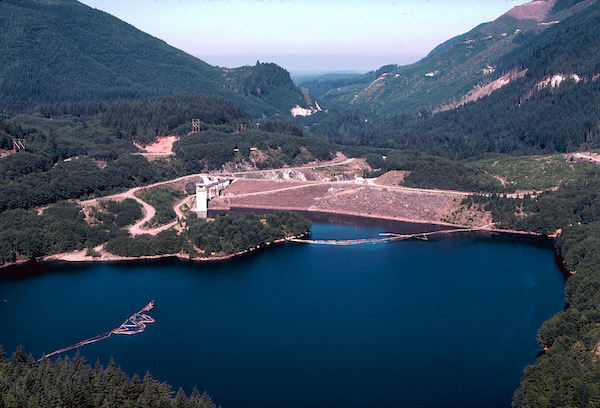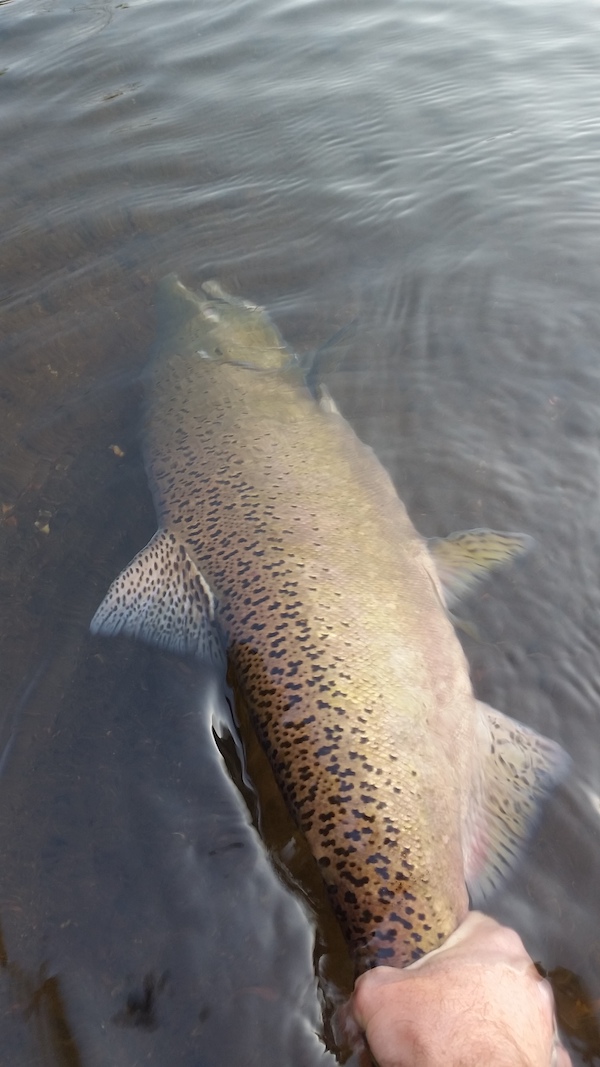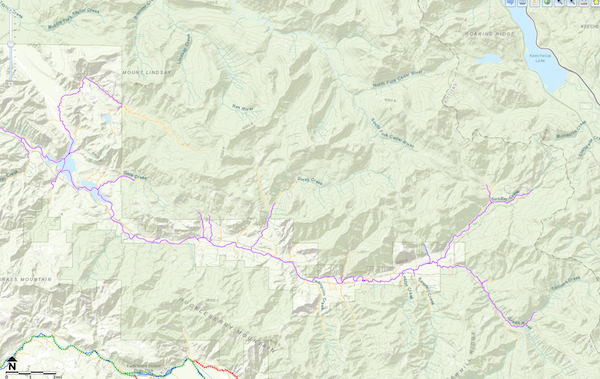Funding Secured For Upper Green Salmon, Steelhead Passage
Federal funding has been secured to help salmon and steelhead again spawn and rear in the dammed headwaters of a southeast King County river.
Some $220 million from the Bipartisan Infrastructure Law is being set aside for fish passage on the upper Green River, which is blocked by Howard Hanson Dam, as well as flood management and increasing water supplies on the system.

It effectively will reopen 100 stream miles worth of habitat that have been blocked by the 1962 dam and a previous plug built in 1913. According to The Seattle Times, it will double the Green’s spawning grounds and may ultimately open more water to fish than removal of the dams on the Elwha has.
The news was announced by Washington’s senior U.S. Sen. Patty Murray (D) on Monday.
“This funding will go a long way in our fight to save the salmon, opening up miles of critical habitat. Not only will this money make an important difference as we work to recover our iconic salmon runs and honor our tribal treaty obligations, it will help get clean drinking water to people across Puget Sound and help protect the region from flooding. This is a big victory for the Muckleshoot Tribe, our salmon and orca, the entire Puget Sound, and all of Washington state,” she said in a press release.

The Green is host to fall Chinook, coho and winter and summer steelhead, along with pink and chum salmon. The first four are most likely to benefit, while the latter two species tend to use the lower river.
Rep. Kim Schreir (D-8) said the upper Green infrastructure funding package was among the largest in an overall allocation of $2.7 billion to the Army Corps of Engineers.
“This stands to do more for Chinook salmon populations than any other project to date. And that is something Washingtonian care deeply about,” she said in a press release.
An adult collection facility has already been worked on at a diversion below Howard Hanson but its use has been on hold until downstream-migrating smolts could be collected in the reservoir. There were also funding issues, but in 2019, the Corps was required by a federal biological opinion from NMFS to install it by 2030.

Releases of young salmon and steelhead in the 1980s and ’90s above the dam and left to outmigrate through intakes or over the spillway found low survival rates.
Instead of a floating fish collector, as used at dams such as Baker Lake to capture young sockeye, the Corps filed a supplementary environmental impact statement last September to “evaluate implementation of downstream fish passage via a fixed multiport collection structure that would allow fish collection from a set of five intake ports at multiple elevations as the reservoir water level changes.”

